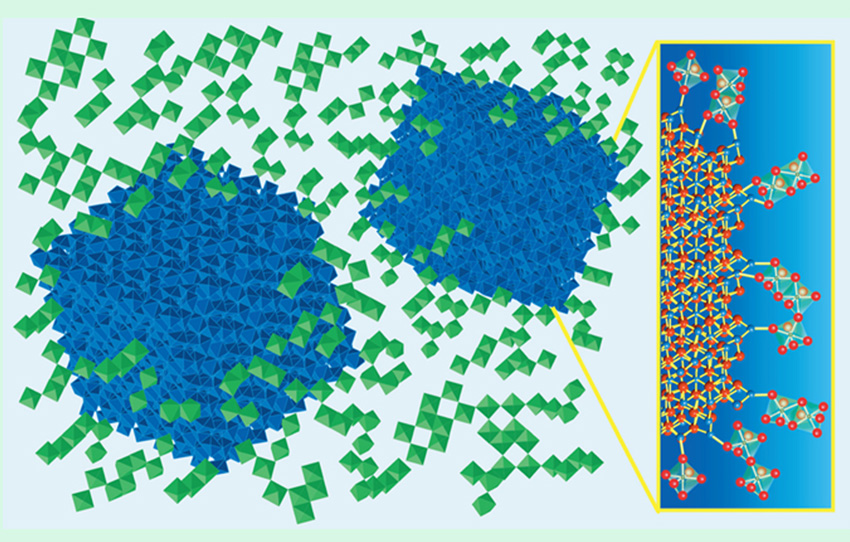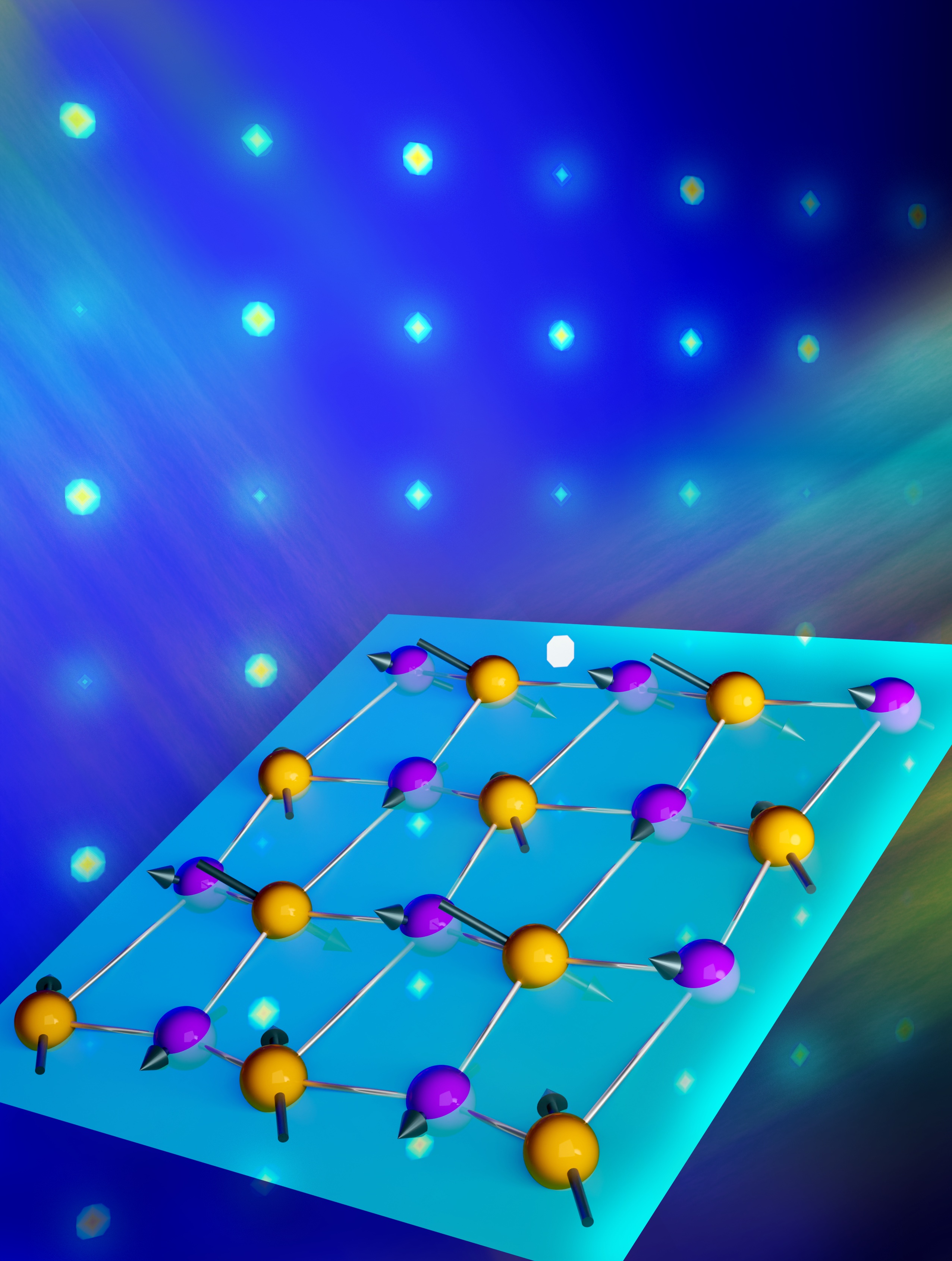Smarter Smart Windows
Thin coating of nanocrystals embedded in glass can electrically control light and heat from sunlight as it passes through a window.

The Science
New nanocrystal-glass materials incorporates components that can be manipulated electrically to control separately both visible and heat-producing infrared light passing through windows.
The Impact
Unlike existing technologies, the custom nanocrystal coating provides selective control over visible light and heat-producing near-infrared (NIR) light, so windows can maximize both energy savings and occupant comfort in a wide range of climates.
Summary
To make buildings more energy efficient, controlling the visible light and heat-producing near-infrared (NIR) light is essential to reduce energy costs spent on lighting and regulating building interiors. Researchers have developed a “smart” glass that can switch between blocking light, heat or both, depending on how much voltage is applied. At the heart of their technology is a new “designer” electrochromic material, made from nanocrystals of indium tin oxide embedded in a glassy matrix of niobium oxide. Electrochromism is a reversible process that allows the glass to change its light and heat transmittance as well as optical transmittance in response to electrochemical charging and discharging. The resulting composite material combines two distinct functionalities—one providing control over visible light and the other, control over the NIR—but it is more than the sum of its parts. The researchers found a synergistic interaction in the tiny region where glassy matrix meets nanocrystal increasing the potency of the electrochromic effect, which means they can use thinner coatings without compromising performance. The key is the way atoms connect across the nanocrystal-glass interface causes a structural rearrangement in the glass matrix. The interaction opens up space inside the glass, allowing charge to move in and out more readily. Beyond electrochromic windows, this discovery suggests new opportunities for battery materials where transport of ions through electrodes can be a challenge.
Contact
Delia Milliron
The University of Texas at Austin
milliron@che.utexas.edu
Jeff Neaton
The Molecular Foundry, LBNL
jbneaton@lbl.gov
Funding
This work was performed at the Molecular Foundry, Lawrence Berkeley National Laboratory, and was supported by the Office of Science, Office of Basic Energy Sciences, of the US Department of Energy (DOE) under contract number DE-AC02—05CH11231. D.J.M. and G.G. were supported by a DOE Early Career Research Program grant under the same contract, and J.G. was supported by Consejo Superior de Investigaciones Cientificas, CSIC, JAE. Scanning transmission electron microscopy images were taken at Oak Ridge National Laboratory (ORNL), supported by DOE-BES, Materials Sciences and Engineering Division, and by ORNL’s Shared Research Equipment (ShaRE) User Program, which is also sponsored by DOE-BES. XRD data shown in the manuscript was acquired at SSRL, beamline 11-3.
Publications
A Llordes, G Garcia, J Gazquez, DJ Milliron, “Tunable near-infrared and visible light transmittance in nanocrystal-in-glass composites,” Nature 500 (2013), 323. [DOI: 10.1038/nature12398]
Related Links
Highlight Categories
Performer: DOE Laboratory , SC User Facilities , BES User Facilities , SSRL , Foundry , ShaRE
Additional: Collaborations , International Collaboration



